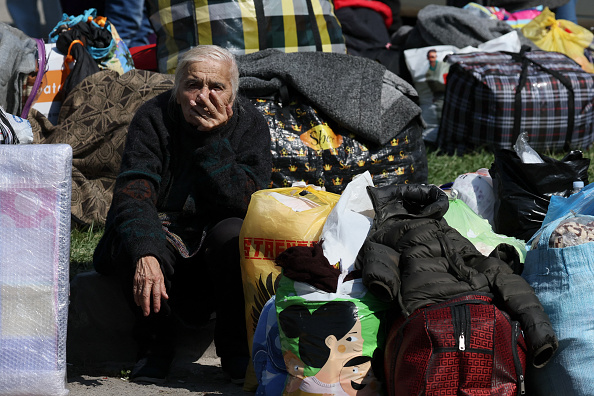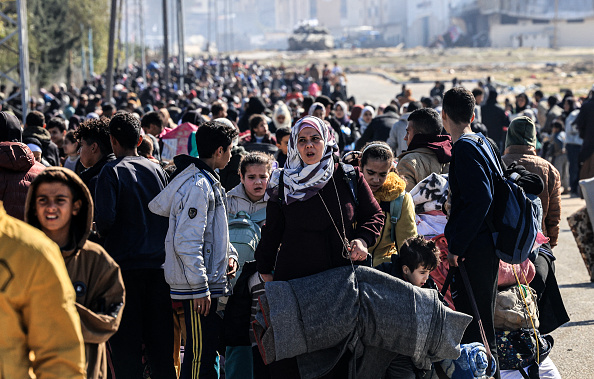From a Land of Racial Purity to a Land of Immigration?
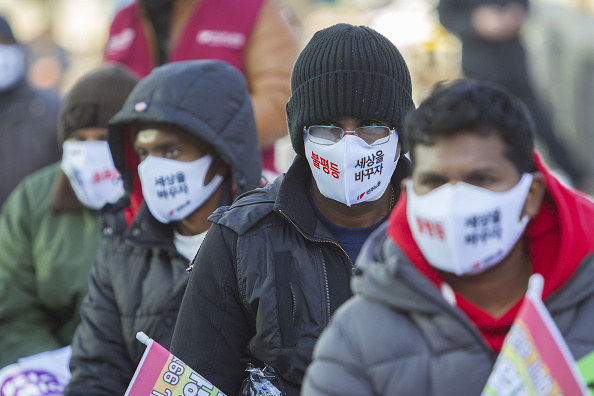
East Asian countries have long taken pride in their ethnic and cultural homogeneity. Children were taught in school that their nations are proudly monoethnic, and politicians often promoted the idea of a singular race and culture. Across the region, large, homogenous populations boosted economic development. However, a gradual increase in foreign nationals, driven by labor demand and immigration, has been altering the ethnic makeup of East Asian countries. As of 2022, foreigners constituted 2.2% of Japan’s population and 3.4% of South Korea’s and Taiwan’s population. While there are substantial communities of co-ethnic migrants such as the Nikkeijin in Japan and Joseonjok in Korea, growing numbers of migrants have arrived from nearby developing states, including China, Vietnam, Thailand, the Philippines, Indonesia, and Uzbekistan.
The size of foreign populations in East Asia appears modest compared to that of other developed countries, but an increase in the number of migrants has had significant implications for the politics and society of the region. The transformation is evident not only in urban areas, but also in East Asia’s rural regions. Japan, South Korea, and Taiwan have already begun to rely heavily on foreign populations in certain local communities and economic sectors. Recently, East Asian states, reconsidering their long-standing reluctance to allow immigration, have adopted measures aimed at attracting migrant workers. Nevertheless, deep-seated xenophobia and a fear of foreignness, as evidenced by harsh refugee policies and popular backlashes against immigrants, are impeding their transition to countries that genuinely advance immigration.
Despite their growing foreign populations, the governments of East Asian states remain conflicted about opening their doors to immigrants. Discussions on immigration policy have long existed in East Asia, yet immigration has not been an urgent issue for politicians or citizens. However, now facing a rock-bottom birth rate, a declining workforce, and an ageing population, East Asian countries have started to revamp their immigration policies.
Recent changes in immigration regulations are particularly noticeable. For a long time, Japan accepted unskilled foreign “trainees,” who were prohibited from bringing family members or staying longer than a certain number of years. However, this situation has changed, and in 2019 Japan established a special skilled worker program to address labor shortages and attract foreign workers. This new policy allows skilled workers to bring family members and to continue working in Japan as long as they want, depending on the sectors in which they work and the skill levels of the immigrants.
The government of South Korea has also reformed its immigration policy. In 2022, Justice Minister Han Dong-hoon, a close ally of President Yoon Suk-Yeol, proposed building a dedicated immigration agency to attract foreign talent. A blueprint for this agency is currently being developed. In August 2023, the Korean government announced comprehensive revisions of its labor immigration policy. These changes include doubling the cap on foreign workers in some industries and allowing skilled workers to stay in Korea for longer periods. Depending on the sectors in which they work, foreign workers have no restrictions on their length of stay. Additionally, the Korean government will remove immigration bans in some economic sectors, such as courier services and airport loading jobs and allow foreign students to stay and work in Korea for three years after their graduation.
Taiwan, too, has significantly lowered barriers to ease persistent labor shortages. In April 2022, the Taiwanese government launched a program to retain foreign students and long-term skilled migrant workers in some sectors, provided they have worked in the country at least six years. This program gives opportunities for foreign workers and students to apply for permanent residence. In addition, in June 2023, the government of Taiwan changed regulations to permit enterprises in four industries—manufacturing, construction, agriculture, and long-term care—to employ more migrant workers.
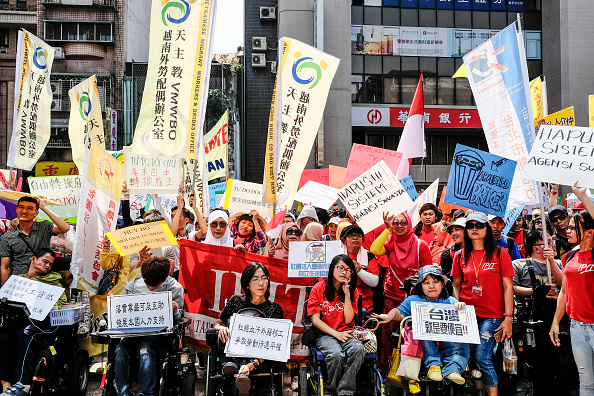
These recent developments in labor immigration regulations in East Asia suggest significant changes in the region’s perspective on immigration. However, East Asian states are still hesitant to admit migrants, which is particularly evident in their approach to refugees. Although they are among the few Asian signatories of the 1951 UN Refugee Convention and the 1967 Protocol, Japan and South Korea have maintained their notoriously strict refugee acceptance policies. East Asia attracts asylum seekers globally from Asia, the Middle East, and Africa, yet their numbers remain relatively small due to geographical distance, visa regulations, and low rates of recognition. In 2021, both Japan and South Korea’s annual approval rates of requests for asylum amounted to only 1%, a stark contrast to those in other developed democracies such as the United States (32%) and Germany (25%).
These low acceptance rates also contrast with their substantial financial contributions to the United Nations High Commissioner for Refugees (UNHCR); in 2022, Japan and South Korea ranked fourth and seventeenth in donations to the UNHCR, respectively. Human rights groups are active and provide financial and legal assistance to asylum seekers and refugees, yet public opinion in East Asia remains predominantly negative toward refugees.
While lifting labor immigration restrictions, the Japanese government has toughened regulations for asylum seekers. In June 2023, Japan’s Diet amended the Immigration Control and Refugee Recognition Act, allowing for the deportation of asylum seekers whose applications for refugee status are rejected twice. The situation is no different in Taiwan. Due to its political status, Taiwan is not eligible to accede to the 1951 UN Refugee Convention. Thus, Taiwan has handled asylum seekers on a case-by-case basis. Taiwan’s current law only grants asylum to people from Hong Kong, Macau, and Mainland China, but not from other countries. In 2005, Taiwanese lawmakers proposed a Refugee Act, but it has not yet become law.
Meanwhile, East Asian citizens have shown a high degree of xenophobia, and more open immigration policies are very likely to face a strong popular backlash. These countries are wary of being dominated by a foreign culture and uneasy about changes in ethnic makeup. In 2018, an anti-immigrant far-right group in Japan staged a protest following Parliament’s passage of a bill for the special skilled workers program. In the same year, when approximately 500 Yemeni asylum seekers arrived on South Korea’s resort island of Jeju, hundreds of Korean citizens protested against their acceptance and more than 700,000 Koreans signed an online petition calling for a tighter refugee law.
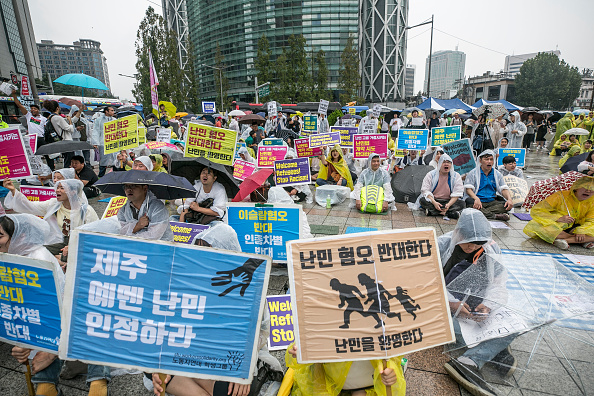
The recent anti-Muslim protest in Daegu, South Korea’s fourth most populous city, highlights the difficulty of grappling with diversity in a culturally homogeneous society. In Daegu, locals have been engaged in a three-year-long dispute with Muslim students over a project to build a mosque in the residential area. Locals are worried a mosque will bring more Muslim immigrants into the community, and that the neighborhood could turn into a slum. Muslim students are hurt by Islamophobic slurs and pamphlets by residents. Attracting foreign nationals always raises the question of how different ethnic groups can live together.
East Asia’s recent modifications of labor immigration policies seem inconsistent with their harsh refugee policies and public attitude towards immigrants. These internal conflicts demonstrate the challenges inherent in transitioning countries that have long-standing pride in policies promoting ethnic and cultural homogeneity into ones that contradict these values by advocating for immigration.
In addition to the domestic dilemmas, an external factor may also affect the success of East Asian states’ ambitious plan for attracting immigrants–competition with other states that are wealthier, more tolerant, and more attractive for immigrants. In East Asia, migrants are still regarded and treated primarily as a source of labor. Despite changes in immigration policies, reports continue to indicate instances of abuse and discrimination against immigrants and bureaucratic red tape in regulations, which discourage talented and skilled workers from choosing East Asia over other countries.
Regardless of East Asian states’ unwillingness to become an immigrant melting pot, immigration is unavoidable. Politicians, experts, and citizens in East Asian states are acutely aware they cannot cope with a declining and ageing population without the inclusion of foreigners. For a long time, East Asia remained resistant to immigration, but it is in deep need of it now. The transformation into a country of immigration demands more than just regulatory changes—it requires broader societal changes encompassing long-held values and policies. Achieving this transition will neither be an easy nor swift task.

